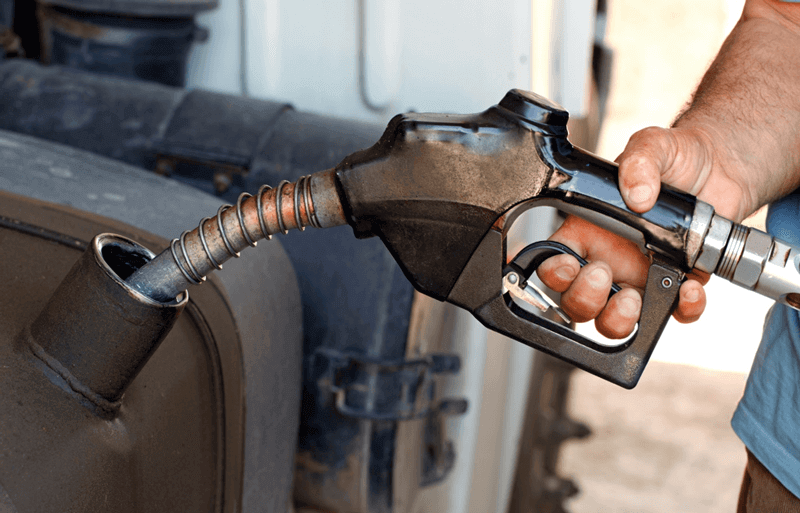Average diesel prices are nearing the $3.00 mark again. After a long period of low prices, drivers are once again looking for ways to maximize fuel efficiency. Driving any distance, and particularly long-hauls, can easily become a passive job, but taking a mindful approach to behaviors can help drivers maximize fuel efficiency and reduce fuel costs.
Diesel Fuel Prices are Rising
According to the U.S. Energy Information Administration, the average price of diesel fuel has increased 51 cents over the last year to $2.83 per gallon, with prices in California topping $3.50 (EIA). Because fuel can represent as much as 39 percent of truck’s operating expenses, efforts to reduce fuel consumption by even a small percentage amount to significant savings over time. Experts agree that driver behaviors have a distinct impact on fuel consumption, and that adopting more mindful driving behaviors can improve fuel economy by as much as 30 percent (intumobility).
Try these mindful behaviors to improve truck fuel economy:
- Know Your Vehicles. Fleets today can include a variety of trucks, engines, and equipment. Understanding and acting on the different ways to improve fuel use for each particular type can yield hidden opportunities for savings. For example, many leading truck manufacturers offer driver resources, such as training videos and support materials, to optimize truck performance and learn more about how to get the most out of your truck (Freightliner).
- Actively Manage Routes. Stopping, starting, and changing gears consumes extra fuel, which makes anticipating obstacles important. In addition to pre-route planning, checking traffic conditions during rest breaks and using GPS with real-time updates will help you avoid road congestion, bad weather, emergencies, and other obstacles to keep you rolling. Waze is a great traffic and navigation app that shares real-time traffic, road information, police, accidents, and more to help effectively manage your routes.
- Watch Your Speed. The ideal speed for maximizing truck fuel economy ranges from 60-65 mph, and fuel consumption tends to increase 7 percent for every 5 mph over 65 mph. That means driving at 75 mph can consume an extra gallon of diesel roughly every 7.1 miles. To maintain optimal speeds, use cruise control or mobile apps, such as PedalCoach or Verizon Connect.
- Reduce Idling. Idling burns a gallon of fuel per hour. Actively choosing to turn off your engine or idle less frequently during longer stops and overnights can be a significant cost-cutting behavior.
- Fuel Mindfully. In addition to checking prices on free mobile apps such as Gas Guru and GasBuddy, filling up before your truck’s tank is empty will improve mileage. And because diesel expands when it’s warm, you just might get more in the morning when temperatures are lower. Choosing a slower fill rate on the nozzle minimizes waste from vapors, as does resisting top-offs, while avoiding recently filled ground tanks will keep stirred-up dirt from displacing your expensive fuel (Fleet Owner).
Mindful Driving Behaviors Save Fuel
Heavy-duty trucks move more than 70 percent of America’s freight with the help of more than 38 billion gallons of diesel fuel per year. When you consider such a big picture, siphoning small savings through mindful behaviors certainly adds up. And, whether you’re an owner-operator or a driver for a large fleet, mindful driving practices can help you optimize your own fuel efficiency, lower your costs, and increase your bottom line.
How Can Shippers Help?
While shippers do not have direct control over driver behavior, there are steps they can take to help mitigate rising fuel costs. For example, they can encourage drivers to eliminate idling by creating no idling rules, educating drivers about why idling is so costly, creating driver comfort stations so drivers are not limited to their small cabs while waiting, and more (EPA). Reducing wait times at docks is also a great way to improve fuel efficiency and be seen as a “shipper of choice.”
If you are shipper trying to add value to your carrier network, consider sharing this blog with your network.
Drivers, how do you optimize your truck’s fuel consumption? Leave a comment here.

